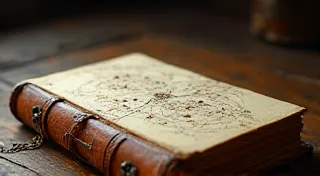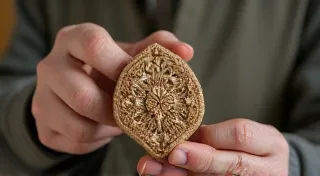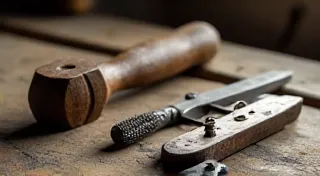The Cartographer’s Quill: Charting Your HO Scale Engine's Lifecycle
There's a quiet reverence I feel when handling an antique accordion. The feeling isn's just about the object itself, a beautiful amalgamation of wood, leather, and metal, but about the countless hours of artistry and dedication poured into its creation. The gentle wheeze of bellows, the cascade of notes – they echo a past, a legacy of music and storytelling. Similarly, a well-maintained HO scale engine isn's merely a toy; it’s a testament to engineering ingenuity and, potentially, a miniature heirloom passed down through generations of model railroaders. This guide isn's just about routine maintenance; it's about ensuring your engine continues to tell its story.
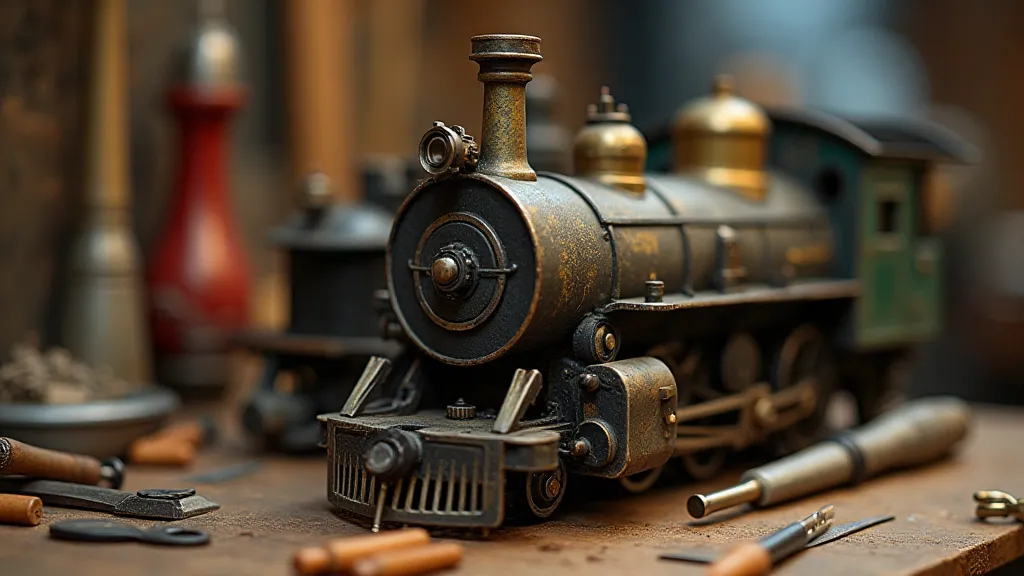
The Foundation: Lubrication and Preventative Care
Just as a bellows needs constant attention to maintain its airtight seal, your HO scale engine’s mechanical components require careful lubrication. Neglect this, and you’ll find yourself facing far more significant issues down the line. Forget the notion of occasional spraying with a general-purpose lubricant. Instead, think of your engine's lubrication schedule as a carefully planned cartographic expedition. Each point needs its specific treatment.
Gearboxes, particularly in older engines, are notoriously sensitive. Use a lightweight oil specifically designed for model engineering – not WD-40, which is a solvent, not a lubricant. Apply sparingly, using a fine oiler. Check the manufacturer’s recommendations, as some engines use graphite-based lubricants, which offer excellent performance without attracting dust. The drive shaft, the connecting rods, the pistons – each moving part needs a tiny droplet, ensuring smooth, friction-free operation. Beyond simple lubrication, many model railroaders find themselves needing to create custom components to perfectly match their engine's requirements. The ability to create these unique parts can be crucial, and for those seeking a deeper dive into creative fabrication, the alchemist’s crucible of resin casting can unlock a whole new realm of possibilities.
Deciphering the Mechanical Map: Troubleshooting Common Issues
Like a meticulously drawn map, your engine’s workings can be initially daunting. However, understanding the core components allows for effective troubleshooting. A sudden hesitation, a change in sound, a loss of pulling power – these are the whispers of a mechanical distress signal.
A common problem is binding. This usually stems from dried-out grease or a misaligned component. Carefully inspect the drive mechanism, noting any unusual resistance. Sometimes, a simple cleaning and re-lubrication will suffice. Other times, you might need to remove a component to examine it more closely. Gentle persuasion is key. Forcing things will only compound the problem.
Motor issues can manifest in various ways – a lack of power, erratic speed, or complete failure. Check the brushes first. Worn brushes are a frequent culprit. Replace them if they appear worn or blackened. The commutator, the part the brushes make contact with, also needs periodic cleaning. Fine steel wool can be used carefully to remove any corrosion. If the motor still fails, it might require professional repair or replacement. While modern motors are relatively robust, older motors, particularly in brass or nickel-silver construction, deserve careful attention – they represent a bygone era of precision craftsmanship.
The Essence of Restoration: Beyond Maintenance
The dedication required to maintain these miniature locomotives extends beyond basic upkeep. It’s about preservation – about honoring the artistry and engineering of the original designers. Consider the engine’s history. Where did it come from? Who owned it? These stories are as important as the engine’s mechanical function.
A slightly faded paint job isn’t necessarily a flaw. It can tell a story of years spent running on a beloved layout. However, if the paint is peeling or the decals are damaged, restoration becomes an option. This isn’s merely about making the engine look new; it’s about returning it to its original glory while respecting its history. Use appropriate paints and techniques, and don’t be afraid to seek advice from experienced model railroaders. It's akin to restoring an antique clock - understanding the original design and materials is paramount. The visual impact of an engine, though, goes far beyond paint and decals. A carefully planned diorama, complete with meticulously crafted scenery, can elevate the entire presentation. Creating these settings often involves an intentional use of color to enhance the overall effect; exploring how chromatic harmonies can enrich a diorama is a valuable pursuit.
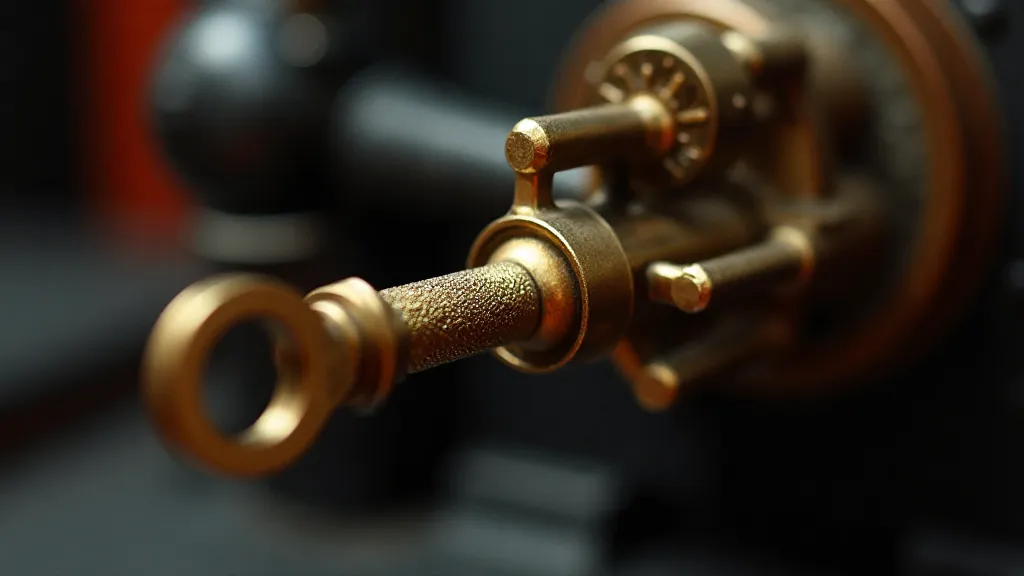
The Detailing Guide: Scratch Building and Adaptation
Many model railroaders go beyond simply maintaining existing engines. The desire to personalize and improve is a powerful driving force. Scratch building components or adapting existing parts allows for unparalleled levels of realism and individuality. Perhaps you want to create a custom tender, a unique chimney, or a more detailed cab. The possibilities are limited only by your imagination and skill.
This pursuit requires a new level of cartographic precision. Detailed drawings, careful measurements, and a steady hand are essential. Research historical prototypes to ensure accuracy. A well-executed scratch-built part not only enhances the engine's appearance but also demonstrates a deep appreciation for railroad history and engineering.
Weathering for Authenticity: Echoes of the Rails
A gleaming, pristine engine rarely exists in the real world. Time, weather, and hard use leave their mark. Miniature train weathering replicates this realism, adding depth and character to your engine. Techniques range from simple dry brushing to more complex washes and pigments. Observe real locomotives to understand how rust, grime, and soot accumulate.
Don't be afraid to experiment. A little bit of rust here, a touch of grime there – it's about creating a story. A weathered engine tells of long journeys, hard work, and a life well-lived on the rails. It's about transforming a toy into a miniature embodiment of history. The creation of compelling narratives is central to the art of model railroading, and whispers in the rails of a carefully crafted diorama can bring a scene to life in a truly unforgettable way.
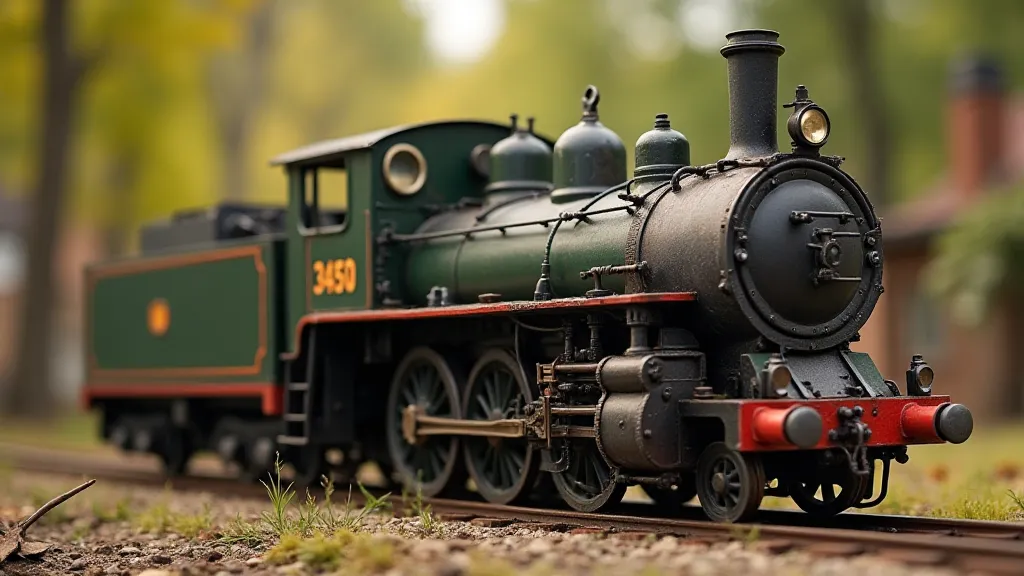
A Legacy on Rails: Passing Down the Craft
Maintaining and restoring HO scale engines isn's just a hobby; it's a craft, a tradition. It’s about preserving a piece of history, both mechanical and cultural. Just as an antique accordion resonates with the melodies of generations past, a well-cared-for engine carries the echoes of the rails.
Consider the possibility of passing this passion on to future generations. Share your knowledge and skills with others, and inspire them to appreciate the beauty and ingenuity of these miniature marvels. For in the whirring of gears and the chugging of wheels, a legacy continues. The connection to nature is also crucial, as recreating realistic environments is vital. Learning how to render believable flora can significantly elevate a diorama, enriching the overall storytelling and creating a truly immersive experience. Exploring a field guide to miniature flora can be a rewarding journey, offering insights into creating lifelike landscapes.
